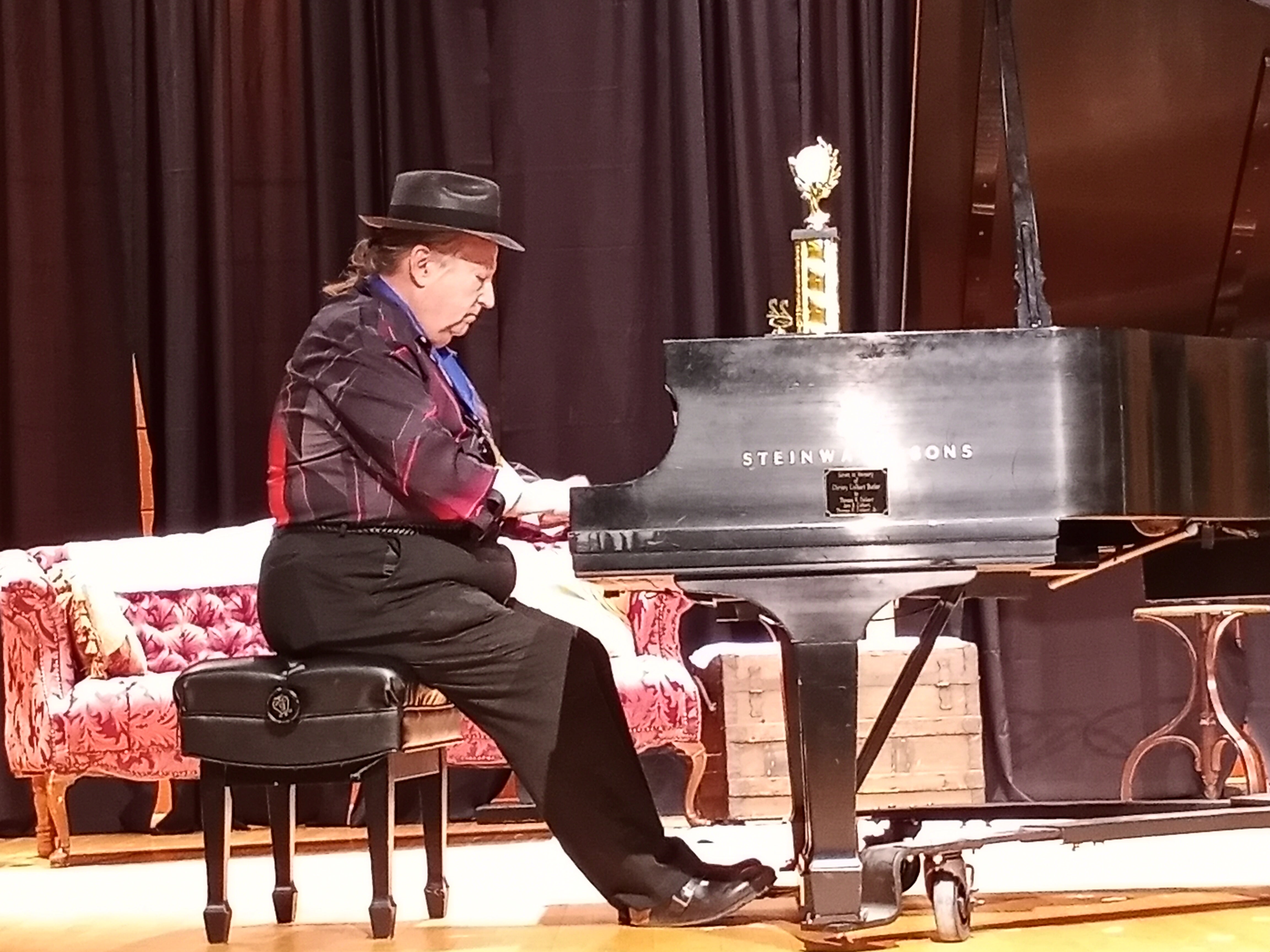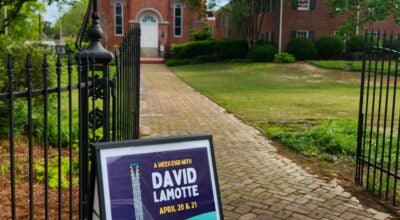Another lost building — Oxford-Lafayette County Jail
Published 6:00 am Sunday, September 25, 2016
By Jack Mayfield
jlmayfield@dixie-net.com
The very imposing Oxford-Lafayette County Jail was lost to a wrecking ball on the eve of its 100th anniversary. It was torn down to make way for a new jail that was later torn down and replaced by the new Lafayette County Chancery Building.
The old Victorian jail was an important building, not only to Oxford and Lafayette County residents, but also in the works of William Faulkner. The jail had been constructed around the same time as the second Lafayette County Courthouse was constructed — 1871-72 — and possibly designed by Willis, Sloan, and Trigg, who designed the second courthouse. In both Oxford and the fictitious Jefferson, the jail retained an impressive presence until it was demolished.
Today we only have grainy photos and the words of William Faulkner to remind us of the lost building.
In former Oxford resident Thomas S. Hines’ book, “William Faulkner and the Tangible Past: The Architecture of Yoknapatawpha,” published in 1996, he states, “In ‘Intruder in the Dust,’ Faulkner captured the essence of the actual, and the apocryphal, building is one of his most memorable paeans to power and importance of architecture.”
On pages 49 and 50 of the 1948 novel, Faulkner describes the jail as follows, “It was of brick, square proportioned, with columns across the front and even brick cornice under the eaves because it was old, built in a time when people took time to build even jails with grace and care and he remembered how his uncle had once said that not courthouses nor even churches but jails were the true record of a county’s, a community’s history, since not only the cryptic forgotten initials and words and even phrases cries of defiance and indictment scratched into the walls but the very bricks and stones themselves held, not in solution but in suspension, intact and biding and potent and indestructible, the agonies and shames and griefs with which the hearts since unmarked and unremembered dust had strained and perhaps burst.”
In the earliest days of Oxford and Lafayette County, the 1840 Courthouse had been the only brick building for a long time in Oxford. The other buildings, including the first jail were made of logs. The minutes of the Board of Police (the forerunner of the Board of Supervisors) from 1836 to 1840 record the way the first jail was to be constructed.
“The dungeon or the first story to be built of Post Oak hewn square 12 inches 2 walls one inside the other so that one wall will brake the joints of the other to the height of 8 feet Bars of Iron to be placed at right angles with timber 3/8 thick and 3 inches wide fastened on the inside course of logs with a spike to each log 3 inches apart the floor of Post Oak timbers 12 inches put close.”
The doors, the board specified, were to be “secured with strong prison locks … double bolt pad lock.” On the second story, a “Debtors Room” rested on the top of the dungeon.
This was the jail that, in Faulkner’s imagination, would witness the whole town’s history from its place off the Square, standing through war and fire; its “old ineradicable bones … the old logs” encased behind the brick and whitewashed plaster, which later generations would add.
Faulkner had imagined the Jefferson Jail to be older than the 1871 jail, but it was still an important building in both the history of Oxford and Jefferson. The jail would remain important into the 20th century. At the beginning of the century, in September 1908, a lynching occurred at the jail. The lynching of Nelse Patton, more than likely, was the story line for Faulkner in his 1948 novel “Intruder in the Dust.”
If you are interested in seeing what the 1871 jail looked like on film and not a grainy old photo, go to the local library and checkout the 1949 movie rendition of the 1948 novel, which was filmed in Oxford. The jail is the focal point of the movie and many scenes were filmed in and outside of the building.
For another description of the Lafayette County Jail in Faulkner’s works, checkout “Requiem for a Nun.” Along with the description of both Courthouses, you will see how Faulkner followed what he was fond of saying … write about what you know.
Jack Mayfield is an Oxford resident and historian. Contact him at jlmayfield@dixie-net.com.





